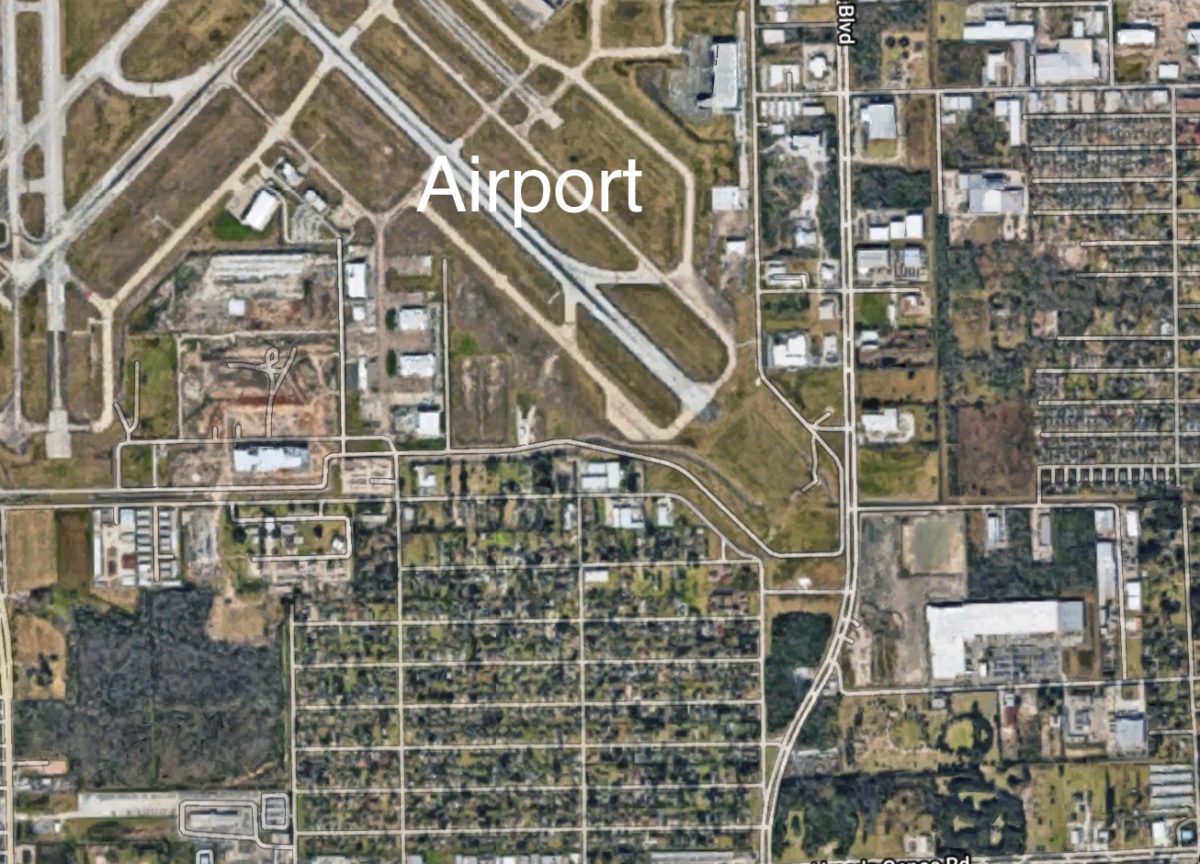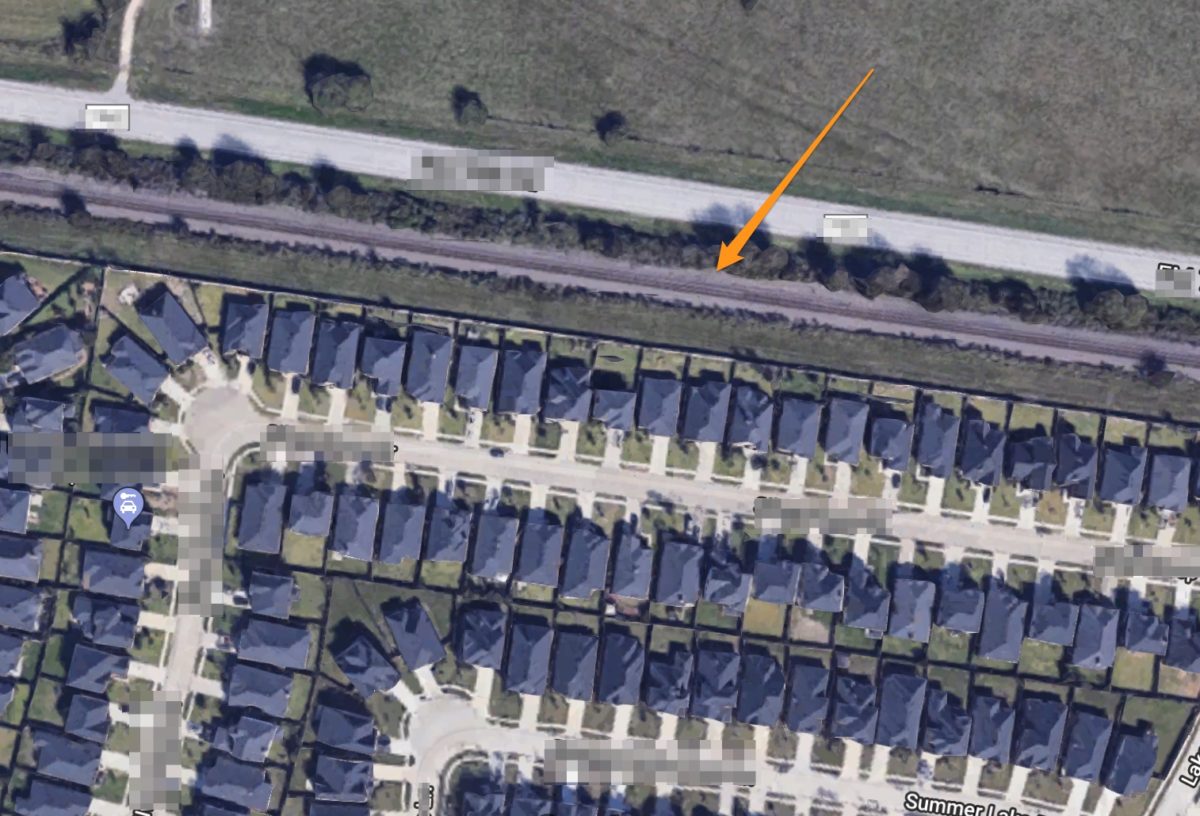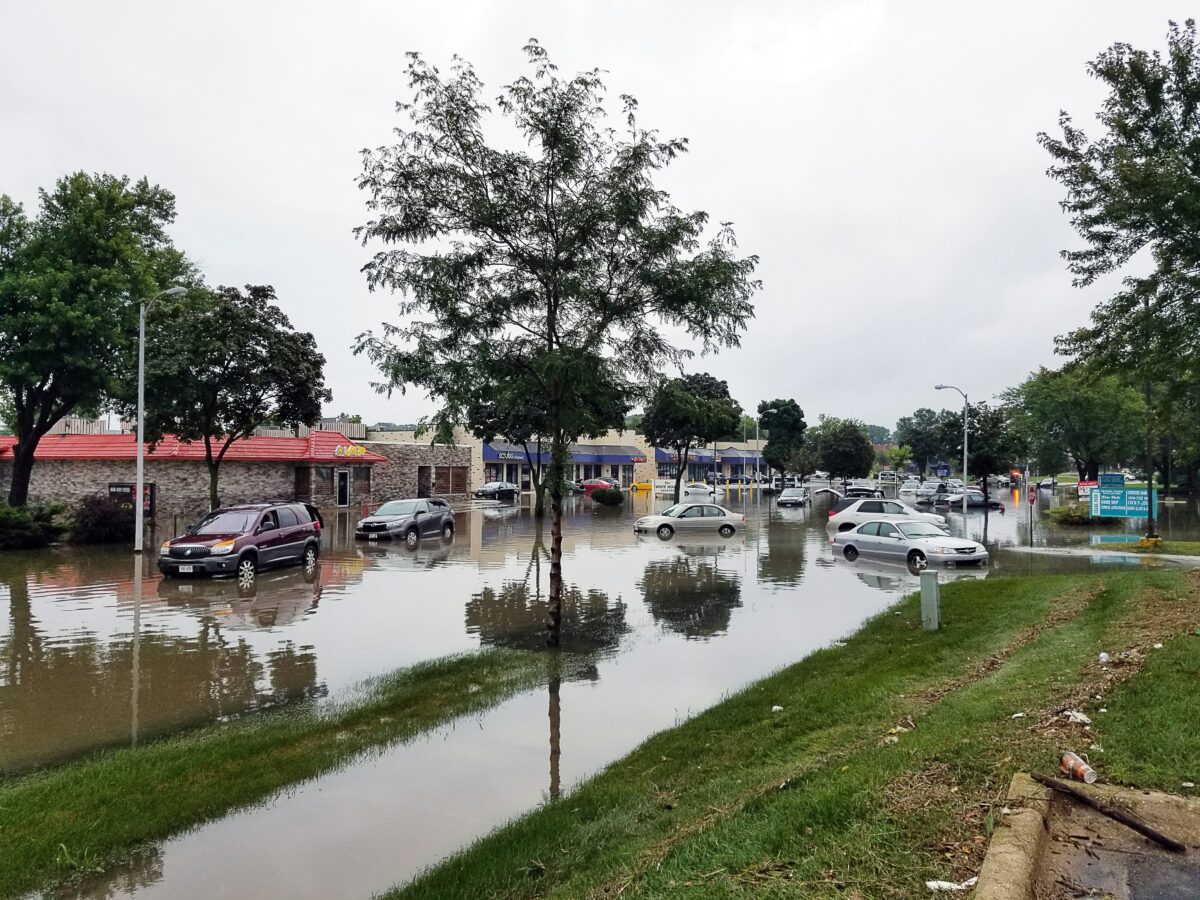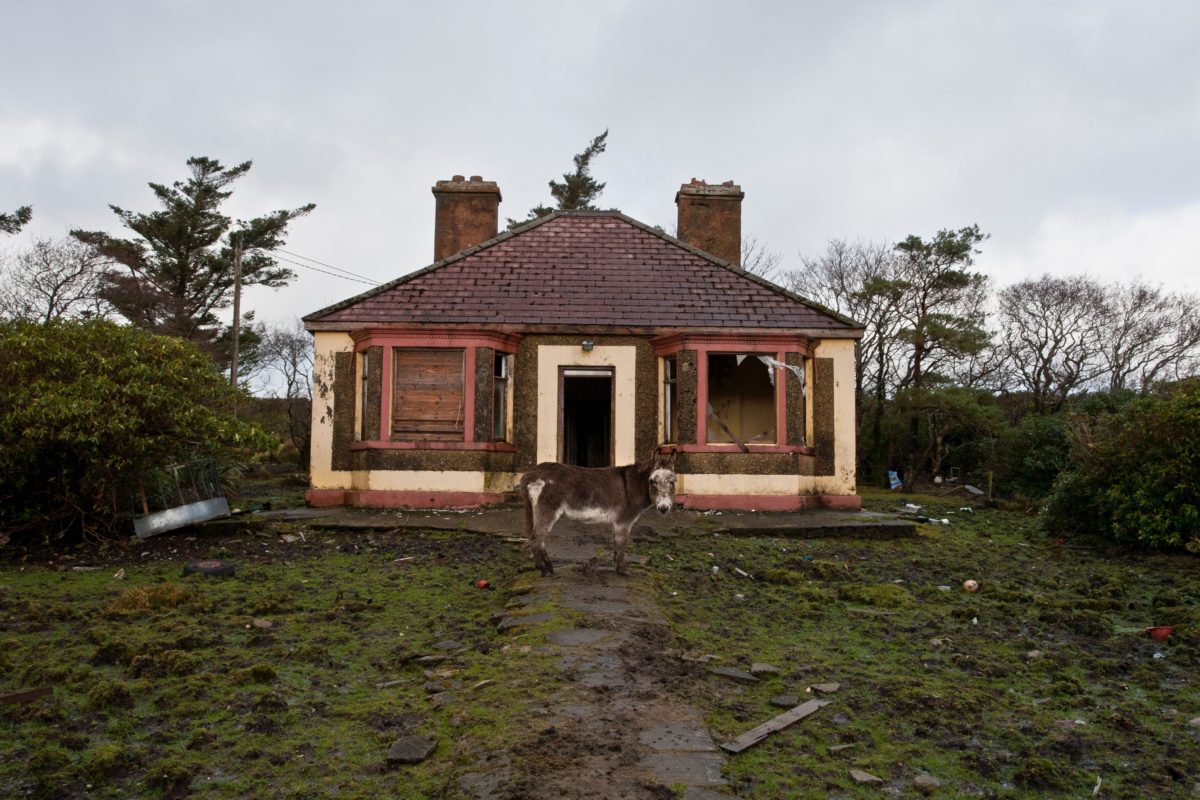Potential Real Estate Deal Killers: What Buyers and Sellers Need to Know
In real estate, it’s not just about finding the perfect house—it’s about finding the right location, the ideal neighborhood, and ensuring there are no hidden factors that could make a property more difficult to sell or live in down the road. As both buyers and sellers know, the right property can quickly turn into a deal killer if certain factors are overlooked. Let’s take a look at some of the most common and potentially deal-breaking issues in real estate and how they can affect your property’s value, livability,
Power lines
Homes Near Power Lines
Power lines can be a major red flag for buyers and sellers alike, especially high-voltage transmission lines that run across residential areas. While homes near power lines aren’t always a deal-breaker, they can make your property less attractive to buyers and might even affect your home’s value.
Why It’s a Deal Killer:
- Health Concerns: Though studies haven’t conclusively proven a direct link, there are concerns about potential health risks from electromagnetic fields (EMFs) produced by high-voltage power lines. Some buyers might steer clear of homes near power lines due to these fears.
- Aesthetic and Noise Issues: Power lines can detract from the aesthetics of your property, and the hum from transformers or high-voltage wires can be annoying to residents.
- Reduced Market Value: Properties near power lines often sell for less than comparable properties that are farther away, due to these concerns and the stigma they carry.
What to Consider:
Before buying or selling, have the property professionally inspected to assess the distance from power lines. You might also want to check local regulations or speak with neighbors to get a sense of how power lines affect the area.

Airports

Proximity to Airports
Living near an airport has its advantages—quick travel access and proximity to transportation hubs. But for many buyers, the noise and traffic associated with airports can make these areas less desirable.
Why It’s a Deal Killer:
- Noise Pollution: Airports, especially those with frequent flights, can be a significant source of noise, disrupting daily life. Some buyers might not be willing to live in an area where noise levels are high due to constant airplane take-offs and landings.
- Airline Routes and Flight Paths: Properties located under major flight paths can be subject to increased noise and air traffic, which can be a deal breaker for sensitive buyers.
- Potential for Airplane Crashes: Although rare, there is always a small risk of accidents involving aircraft, especially near airport boundaries.
What to Consider:
Distance from Airport: Being too close to an airport can be a deterrent. Ideally, the property should be far enough to minimize the noise but still convenient for those who travel frequently.
Noise Impact: Check with local zoning offices to understand flight paths and the level of noise pollution in the area. Airports often have noise reduction programs in place, which might help mitigate concerns.
Train Tracks
Homes Near Train Tracks
Living near train tracks can have its own set of challenges, particularly if you’re not familiar with the noise and the potential for safety issues. Railroad tracks are a common deal breaker for some buyers, and for good reason.
Why It’s a Deal Killer:
- Noise: Train horns are loud, and frequent train traffic can make it difficult to sleep or relax. While some people don’t mind the sound, many find it disruptive and annoying, especially during the night.
- Safety Concerns: Homes located near train tracks can also present safety concerns, particularly if the tracks are used for freight transportation. The risk of accidents, derailments, or even the danger of children or pets wandering onto tracks can be unsettling.
- Diminished Property Value: Just like power lines and airports, properties near train tracks often sell for less than similar homes located further away.
What to Consider:
Safety Measures: Ensure there are proper safety measures in place, such as crossing gates and fences, to reduce risks.
Type of Train Traffic: If the property is near commuter trains, the noise may be less frequent compared to freight trains, which run 24/7. You can also check the train schedules to gauge how much noise will be involved.

Flood Zone

Flood Zones and Wetlands
Living near a flood zone or in an area with wetlands can be a potential deal breaker for many buyers, even if the property hasn’t experienced flooding in the past. Properties in flood-prone areas may be harder to insure, and even a slight risk of flooding can make it a tough sell.
Why It’s a Deal Killer:
- Flood Damage: Flooding can cause significant damage to homes, especially if the property is located in a designated flood plain. Properties that are regularly affected by rising water levels can be a huge financial burden.
- Flood Insurance: Homes in flood zones typically require additional flood insurance, which can be expensive. Some buyers may be turned off by the additional cost.
- Decreased Resale Value: Flood-prone homes often see a significant reduction in resale value due to the risk of future flooding and the additional insurance costs.
What to Consider:
Elevated Structures: Homes that are built above the flood zone level may be less of a concern, but still, check with local authorities about the flood history of the area.
Flood Risk Assessment: Always check the property’s flood risk status using FEMA’s flood zone maps. If the property is in a high-risk area, you may need to factor in the cost of flood insurance or explore ways to mitigate flood risk.
Environmental Hazards
Environmental Hazards
Environmental factors like toxic waste, air pollution, or proximity to industrial areas can also be deal killers, especially if buyers are unaware of these issues before purchasing.
Why It’s a Deal Killer:
- Health Risks: Exposure to pollutants, hazardous waste, or other environmental hazards can be a significant health risk, leading buyers to avoid properties near these areas.
- Clean-up Costs: If a property is near a site with environmental issues, the costs of remediating the property could be prohibitively high, making the property less attractive.
What to Consider:
Environmental Reports: Request environmental assessments or reports that can identify potential hazards in the area. Many states and local municipalities offer information on nearby hazardous sites.

High Crime Areas

Homes in High-Crime Areas
Safety is a top priority for most homebuyers. A home located in a high-crime neighborhood can be a major deal breaker for potential buyers. Even if the property itself is in good condition, the surrounding area can significantly impact its marketability.
Why It’s a Deal Killer:
- Safety Concerns: Buyers may be reluctant to live in a neighborhood that experiences frequent break-ins, vandalism, or violent crime.
- Insurance Costs: Homes in high-crime areas can also face higher homeowners insurance premiums, which can turn off potential buyers.
- Impact on Property Values: High-crime neighborhoods tend to experience slower property appreciation and may even see depreciation in home values.
What to Consider:
Local Initiatives: Some areas may have community watch programs or other initiatives in place to reduce crime, which can help improve the neighborhood’s appeal over time.
Crime Rates: Use local crime databases, community safety apps, or speak with neighbors to get an accurate picture of the safety of the area.
Cemeteries
For many people, the idea of living next to a cemetery might seem unsettling, and for good reason. Cultural and personal beliefs play a significant role in how we perceive our living environment. Let’s break down why some buyers might be wary:
- Cultural and Psychological Factors
- Spiritual Concerns: Some individuals may have cultural, spiritual, or personal beliefs that make living next to a cemetery uncomfortable.
- Fear of Death: Cemeteries, by their nature, are associated with death, which can evoke feelings of discomfort or unease for some people.
- Perception of the Area
- Aesthetic Appeal: While some cemeteries are beautifully landscaped and well-maintained, others may appear neglected or unattractive. A cemetery that isn’t properly cared for could detract from the aesthetic of a neighborhood.
- Resale Concerns
- Marketability Issues: Even if you are comfortable with the idea of living near a cemetery, it may make your property harder to sell in the future. Many buyers might avoid homes in close proximity to cemeteries, especially if there are other options available in more desirable locations.
- Lower Demand: Because of the perception of the area, the demand for properties near cemeteries could be lower than those in more typical, residential neighborhoods. As a result, the home might take longer to sell, and you may not get as much for it compared to a similar home in a different location.

Detention Centers

One location that may raise concerns for some buyers is a property near a detention center—whether it’s a local jail, prison, or immigration detention facility. While living near a detention center isn’t necessarily a deal breaker, it’s an important factor to consider before making a purchase.
There are several reasons why buyers may be hesitant to purchase a home near a detention center. Here’s a breakdown of the most common concerns:
1. Safety and Security Concerns
- Escapes or Breakouts: While rare, some buyers worry about the potential for inmates escaping or attempting to break out. This can be especially concerning if you’re living very close to the facility.
- Increased Police Presence: Detention centers often require a higher level of law enforcement monitoring and security. The constant presence of police and other security personnel can make some people feel uneasy, even though this is typically a sign that the area is well-patrolled.
2. Noise and Disruption
- Constant Activity: Detention centers, especially larger facilities, may have 24-hour activity, including vehicle traffic, sirens, and the noise from guards or inmates. This can create an environment with a lot of background noise, which might detract from the peacefulness of the area, especially for those seeking a quiet suburban or residential environment.
- Unpleasant Surroundings: Inmates may be outside during certain hours, and depending on the level of security, they may be visible from your home. This could lead to a sense of discomfort for some homeowners.
3. Property Value and Marketability
- Decreased Demand: For many buyers, the perception of living near a detention center can reduce the desirability of the area. Even if the property itself is in great condition, the location could be enough to deter potential buyers in the future.
- Lower Resale Value: The stigma associated with living near a detention facility might lead to a lower resale value. If the area is perceived as unsafe, unpleasant, or undesirable, you could find it difficult to sell your home later on. Additionally, properties near detention centers may experience slower appreciation compared to other homes in more desirable locations.
4. Aesthetic and Psychological Impact
Visual Impact: Depending on the size of the facility, the presence of barbed wire, fences, and other security measures might make the area feel more institutional and less homelike, which can be off-putting for some.
Freeways and busy streets
While freeway proximity can be convenient for commuting, it also comes with some potential downsides that might affect your comfort, property value, and long-term investment.
If you’re considering buying a home near a major freeway, there are a few things you’ll want to take into account. Let’s break down both the pros and cons of living near a major highway, so you can make an informed decision.
1. Noise Pollution
- Constant Traffic Noise: One of the biggest concerns about living near a freeway is the constant noise from traffic. Depending on how close your home is to the freeway, you could be exposed to the sound of cars, trucks, and motorcycles throughout the day and night. This noise can be disruptive to your daily life, making it difficult to sleep, relax, or enjoy your outdoor space.
- Air Pollution: Along with noise comes air pollution. Vehicles on highways emit exhaust fumes that can affect the air quality, especially near heavily trafficked routes. Prolonged exposure to pollutants like carbon monoxide, nitrogen oxides, and particulate matter can negatively impact your health, particularly if you have respiratory issues.
2. Safety and Security Concerns
- Traffic Accidents: Living near a busy freeway means you may be at higher risk for traffic accidents, particularly if the road is notorious for crashes or if it’s poorly designed. Some buyers worry about the possibility of accidents spilling over into their neighborhood or, in rare cases, vehicles leaving the freeway and entering their property.
- Pedestrian Safety: If the freeway is especially close to residential areas, pedestrian safety can be a concern. Children, pets, or even adults might be tempted to cross a busy road, putting them at risk.
3. Privacy and Aesthetic Issues
- Lack of Privacy: Homes located near major freeways may be exposed to more pedestrian and vehicular traffic, which can compromise your privacy. The sound of honking horns or sirens can intrude on your personal space, and large traffic barriers or fences could obstruct your view or make the area feel less private.
- Unattractive Views: Depending on your home’s location, you might have a less-than-ideal view of the freeway or its surrounding infrastructure. The sight of highway barriers, billboards, or even just a constant stream of traffic could detract from the aesthetic appeal of your property.
4. Potential for Reduced Property Value
- Decreased Demand: Properties near major freeways are generally considered less desirable due to the noise, traffic, and safety concerns. As a result, homes in these locations might not appreciate as much as those in quieter, more residential neighborhoods. Buyers who are sensitive to freeway proximity may be deterred, leading to longer selling times or lower sale prices when you decide to move.
- Market Stigma: While some buyers might not mind living near a freeway, others may perceive it as a negative factor. Over time, this stigma could affect your ability to sell the property at market value.

Apartment Complexes or Commercial Buildings

While some buyers may not mind a home that backs up to an apartment complex or commercial building, others may be concerned about potential issues such as noise, privacy, or property value.
If you’re considering buying a home in this type of situation, it’s essential to weigh the pros and cons of living near apartment complexes or commercial properties. Here’s a detailed look at what you need to know when buying a home that backs up to one of these types of properties.
1. Privacy Concerns
- Limited Privacy: One of the most significant drawbacks of living near an apartment complex or commercial building is the lack of privacy. If the building is close to your property line, you might feel exposed, particularly if there are windows or balconies overlooking your backyard or living space. Apartments or businesses may attract foot traffic or outdoor activity, making your private space feel less secluded.
- Potential Overlooking: Depending on the layout of the building and the height of the structure, tenants or employees could be able to look into your backyard or windows. This is particularly true for homes that back directly up to multi-story apartment complexes or commercial buildings, where there may be a direct line of sight.
2. Noise
- Increased Noise Levels: Living near an apartment complex or commercial building often means more activity and higher noise levels. For apartments, you may hear conversations, cars, or even the sound of people moving around outside. For commercial buildings, noise might come from deliveries, employees, or customers coming and going, especially if it’s a busy business like a restaurant, grocery store, or retail shop.
- After-Hours Noise: Depending on the type of commercial building, you may experience after-hours noise. For example, a restaurant or nightclub could mean late-night noise from people leaving or staff cleaning up. Businesses that operate on a 24-hour basis may also add to the noise burden.
3. Traffic and Parking Issues
- Higher Traffic Volume: Being close to an apartment complex or commercial building can mean more traffic in your neighborhood, particularly if these buildings attract many people. This could lead to crowded streets, slower traffic, or difficulty finding parking, especially if there’s limited parking for tenants or customers.
- Limited Parking: If the apartment complex or commercial property doesn’t provide adequate parking for tenants or customers, overflow parking may spill over into the residential streets. This could make parking near your home more challenging, especially during peak hours.
4. Reduced Property Value and Marketability
- Potential Impact on Resale Value: Homes that back up to apartment complexes or commercial properties may experience lower resale values compared to homes in more secluded or residential settings. While the exact impact will depend on the property and the type of surrounding buildings, many buyers may be hesitant to purchase a home with less privacy or a higher level of noise and activity.
- Marketability Challenges: If you plan on reselling the home in the future, you might find that homes near apartments or commercial buildings are harder to sell. Buyers who are sensitive to noise, privacy concerns, or the overall ambiance of the neighborhood may be turned off by the close proximity to non-residential properties.
5. Aesthetic Impact
Less Attractive View: Instead of looking out onto a backyard, green space, or scenic view, your home may back up to the side or rear of an apartment complex or commercial building. Depending on the building’s appearance, you may not find the view as visually appealing as you would a more residential setting. Additionally, large parking lots or service areas can be an eyesore if you’re looking for a serene outdoor space.
Abandoned Homes
While abandoned properties can present unique challenges, they might also offer certain benefits under the right circumstances.
1. Decreased Property Value and Marketability
- Potential for Lower Home Values: Abandoned homes can have a significant negative impact on the property value of nearby homes. Potential buyers may be put off by the derelict condition of vacant properties, leading to decreased demand and lower home prices.
- Stigmatization of the Area: A neighborhood with a lot of abandoned homes may carry a stigma that can affect its reputation. People may associate the area with decline or economic hardship, which could deter potential buyers from considering the location.
2. Increased Crime Risk
- Attracting Criminal Activity: Abandoned homes often attract criminal activity such as vandalism, squatting, and even drug use. They can become targets for thieves or people looking for a place to hide.
3. Deterioration of Surrounding Properties
- Potential for Neglect: Abandoned homes often fall into disrepair, and if these properties aren’t well maintained, they can cause the surrounding area to look neglected.
- Overgrowth and Decay: Over time, abandoned homes can develop overgrown lawns, broken windows, or even structural damage that contributes to a deteriorating environment. This can make the area feel unsafe or unpleasant to live in.
4. Difficulties with Local Authorities
- Lack of Immediate Solutions: Depending on the city or county, abandoned properties may not be managed promptly by local governments. You might find it hard to get action taken on these properties, whether it’s cleaning up the area, securing the property, or resolving any potential health or safety issues. This can leave you feeling frustrated and helpless when dealing with the abandoned homes around you.

Cell Phone Towers

Buying a home near a cell phone tower is something that a lot of people have mixed feelings about, and there are several factors to consider before making a decision.
Health Concerns:
- While research is still ongoing, some people worry about the potential health risks from the electromagnetic fields (EMFs) emitted by cell phone towers. Although most studies haven’t conclusively shown that these EMFs are harmful, it’s still a concern for some.
Aesthetic Issues:
- Cell phone towers are often tall and can be unsightly. If you’re particular about the look of your neighborhood, the presence of a tower could be a dealbreaker for you.
Potential for Noise:
- Cell towers can sometimes create background noise from cooling equipment or maintenance activities, especially if they are near your home. This could be an issue if you value a peaceful, quiet environment.
Resale Value:
- Even though some people might appreciate the signal boost, others might be put off by the proximity to a cell tower, which could make it harder to resell the home in the future.
Zoning and Property Restrictions:
- In some areas, there may be zoning restrictions that limit what you can do with your property if it’s near a cell tower. This could include restrictions on building height or expanding your home.
Please note: FHA/HUD has tightened restrictions on some Minimum Property Requirements and Minimum Property Standards. These can include restrictions on housing or related structures/improvements located near cell phone towers.
